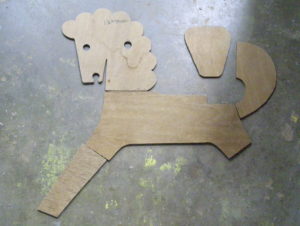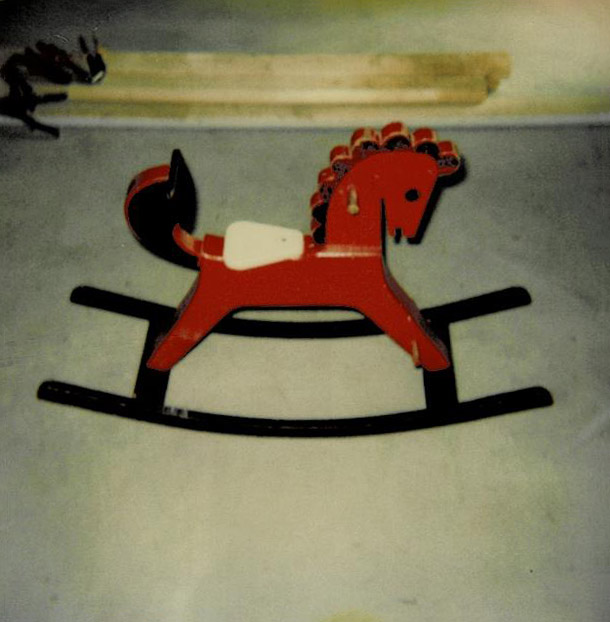Years ago, while active in the operation of the General Contracting Company which engendered Willard Woodwrights, LLC, I had a lot of interesting clients. One of those was an architect who was a principal of an architectural firm of national and international repute. He lived locally on one of St. Louis City’s private streets developed during her “Gilded Age” of urban development.
Let’s call our architect “Frank” which I will hereafter attest is not his real name. While Frank’s neighborhood was rarefied and refined, he was not. He was unpretentious and unassuming in my presence. No cape wearing architectural pretense for him. He did have a large and impressive antique automobile collection which I felt may have been his heart’s desire and prime motivation. I can say without fear of contradiction that his carriage house is the only place in which I have ever sat in a Stutz Bearcat Roadster.
As impeccably curated as his automotive collection was, his mansion home was differently ordered, impressive, but eclectic. I remember waiting for him to finish a telephone conversation upon my entering his home one day. While he conversed, I appreciated the surroundings and décor. On a side table I recognized a James Earle Fraser original bronze statue entitled “End of the Trail”. Next to it was a pyramidic sculpture of colorful Field’s Bros. coffee cans that I had never seen the like of. I assumed that it might be a pop art experiment similar to Andy Warhol’s soup can painting. When Frank concluded his conversation, I asked him about it, “Who is the artist and what is the title?” He looked at me blankly, then back to the “sculpture” and finally said, “Oh, that’s just coffee cans that I was supposed to take to the carriage house to hold nuts and bolts.” The whole house was like that. With his collector’s heart, he did not dispose of very much.
One day we were tracing an errant electrical sub-panel in some basement rooms accessible only around the perimeter of mounds of stuff in the rooms centers. I resolved the electrical issue and curiously focused on the midden in the center of the room that we occupied. I was just trying to make sense of the jumble when my glance landed on a red and black painted rocking horse which seemed intact.
 I asked Frank about it, he refocused and then told me a story about buying it as an antique in Austria for use by his own children, now grown. I enjoyed the story and I liked what I could see of the lines of the rocking horse. I asked to borrow it for the purpose of potentially reproducing it and Frank said “sure, if you can get to it”. Clearly, I did. The original was painted pine and kind of roughly executed. But like I said, the lines were lively. I made a set of templates with which to reproduce it and returned the original to Frank. I can only assume that it is back in the same pile of stuff as we speak. Then it became a matter of waiting for the appropriate motivation, my first grandchild.
I asked Frank about it, he refocused and then told me a story about buying it as an antique in Austria for use by his own children, now grown. I enjoyed the story and I liked what I could see of the lines of the rocking horse. I asked to borrow it for the purpose of potentially reproducing it and Frank said “sure, if you can get to it”. Clearly, I did. The original was painted pine and kind of roughly executed. But like I said, the lines were lively. I made a set of templates with which to reproduce it and returned the original to Frank. I can only assume that it is back in the same pile of stuff as we speak. Then it became a matter of waiting for the appropriate motivation, my first grandchild.

